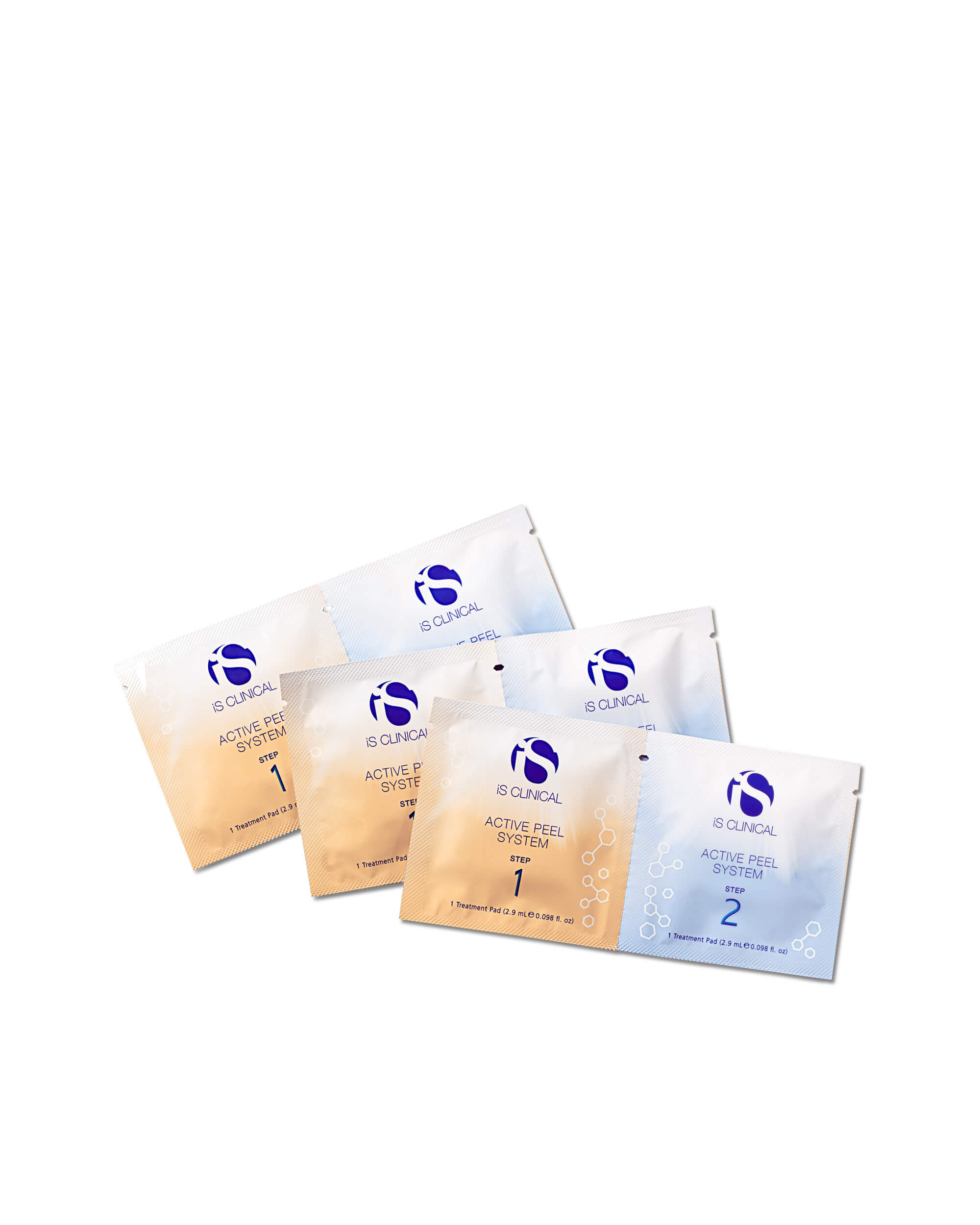Chemical Peels
Revitalize Your Skin with Chemical Peels at Riva Dermatology
A chemical peel is an excellent cosmetic procedure designed to improve the appearance and texture of your skin. This treatment involves applying a chemical solution, usually containing alpha hydroxy acids (AHAs), beta hydroxy acids (BHAs), or trichloroacetic acid (TCA), to the skin. The solution exfoliates the outer layer, causing it to peel away and reveal a fresh, rejuvenated layer underneath. The depth of the peel can be customized from superficial to deep, depending on your individual needs and goals.
Chemical peels are great for promoting skin renewal by removing dead skin cells and stimulating collagen production. This process helps achieve a more youthful and vibrant complexion, effectively addressing fine lines, wrinkles, and uneven skin tone.
Chemical Peel Examples



Benefits of Chemical Peels
- Promote skin renewal by removing dead skin cells and stimulate the production of collagen.
- Can be a valuable tool in the treatment of acne and help prevent future breakouts.
- Regular treatments can minimize the appearance of scars and reduce hyperpigmentation.
- Removing the outer layer of dead skin cells during this treatment allows skincare products to penetrate more effectively, maximizing the benefits of serums, moisturizers, and other products in your routine.
Side Effects from Chemical Peels
- Skin may appear red or flushed after the procedure, lasting for a few days to a week depending on the depth of the peel.
- Mild to moderate peeling or flaking of the skin is typical, especially with medium or deep peels, as the outer layers of skin shed.
- Skin might feel dry or tight following the peel, which usually resolves with proper moisturization.
- Some swelling, particularly in the treated area.
- Skin becomes more sensitive to the sun, so it's crucial to use sunscreen as recommended.
What to Expect During Your Chemical Peel
The entire procedure usually lasts around 15 minutes for superficial peels and 30-60 minutes for deeper peels, depending on the depth of the peel. Our skin care team will provide specific post-peel care instructions to ensure optimal healing and results.
Maintenance Recommendations for Chemical Peels
- Follow Post-Peel Care Instructions: Adhere to the specific aftercare guidelines provided by your dermatologist or skincare professional. This often includes gentle cleansing, moisturizing, and sun protection to aid in healing and prevent complications.
- Avoid Sun Exposure: Shield treated skin from direct sun exposure and ultraviolet (UV) rays. Use broad-spectrum sunscreen with SPF 30 or higher daily, and wear protective clothing, hats, and sunglasses when outdoors.
- Moisturize Regularly: Keep the skin adequately moisturized to maintain hydration and support the healing process. Use gentle, non-irritating moisturizers recommended by your dermatologist.
Maintenance Schedule for Chemical Peels
FAQs for Chemical Peels
Chemical peels are suitable for various skin types and concerns. Ideal candidates have concerns like acne, uneven pigmentation, or fine lines and wrinkles.
Yes, chemical peels can be combined with other cosmetic treatments like laser therapy or injectables for a more comprehensive and customized approach to skincare.
Follow post-care instructions provided by your skincare professional. Typically, this includes gentle cleansing, moisturizing, and sun protection to optimize and maintain your results.
Chemical peels can effectively target a range of skin concerns, including fine lines, wrinkles, acne scars, uneven skin tone, and sun damage. The type and strength of the peel will be tailored to address your specific skin goals.
The level of discomfort during a chemical peel can vary depending on the type and strength of the peel. Many people experience a tingling or warm sensation. Recovery time also varies; lighter peels may have minimal downtime, while deeper peels may involve a few days of redness and peeling. Your practitioner will discuss what to expect based on the specific peel you choose.
Chemical peels can effectively target a range of skin concerns, including fine lines, wrinkles, acne scars, uneven skin tone, and sun damage. The type and strength of the peel will be tailored to address your specific skin goals.
Corrective Peels: Riva Dermatology
How Riva Dermatology Can Help
Featured Products

iS Clinical Active Peel System
The clinically advanced Active Peel System is a powerful yet gentle, fast-acting, two-step treatment designed to resurface and polish the skin while providing hydration, rejuvenation, and antioxidant protection. Designed to use every other day, this complete skin treatment helps to improve the appearance of skin tone and texture, resulting in a smooth, hydrated, and more youthful-looking complexion. Each towelette is precisely formulated for a unique experience while working together to deliver optimal results. Each box contains 15 treatment sets.

iS Clinical Pro Heal Serum Advance+
Pro-Heal Serum Advance+ features our scientifically advanced L-Ascorbic Acid (Vitamin C), combined with a superior form of Olive Leaf Extract and pure Vitamins E and A. This powerful formulation significantly increases antioxidant protection while helping improve the appearance of compromised, blemish-prone, and aging skin. 30 mL e 1 fl. oz.


